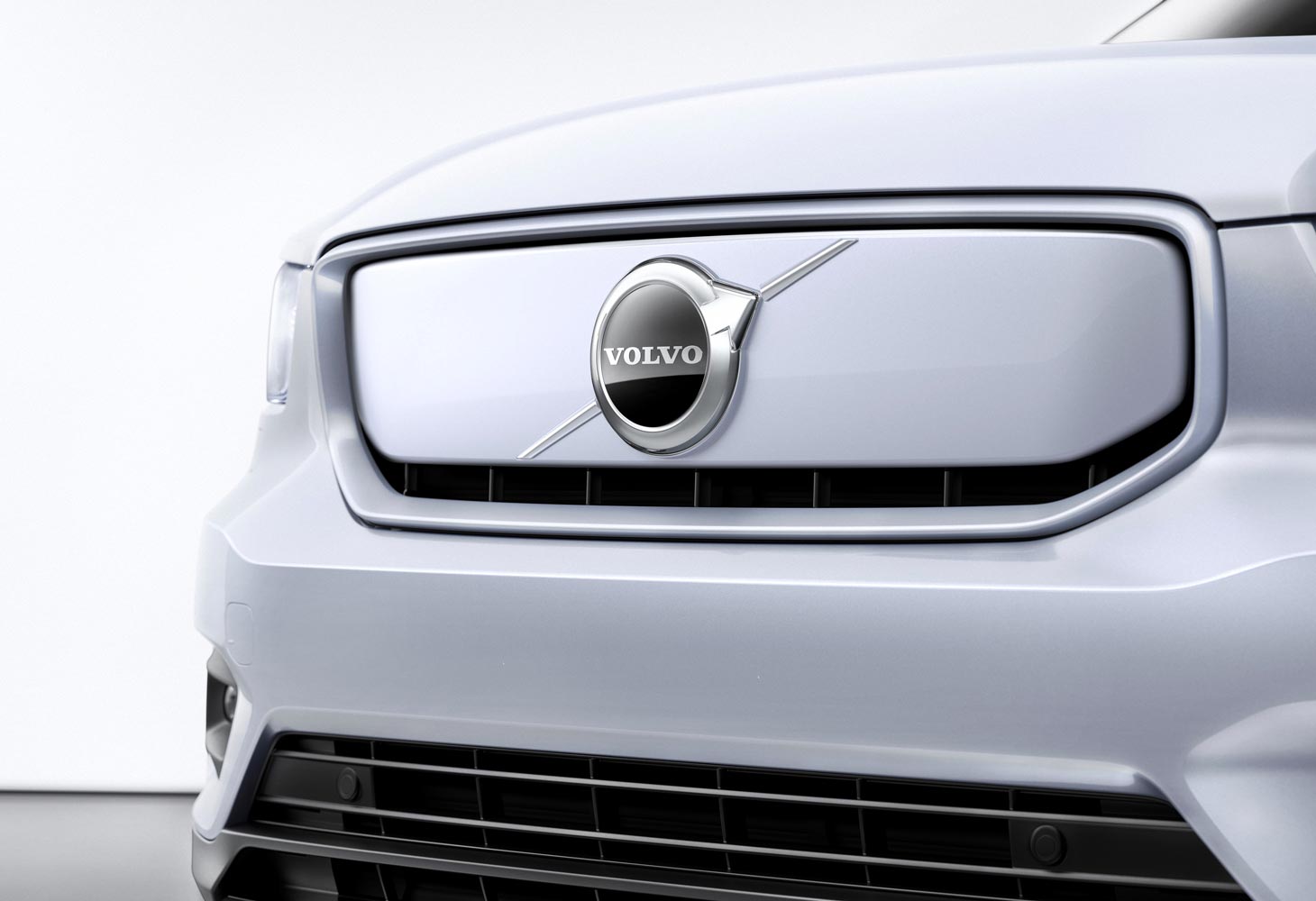
Volvo Cars and Geely Auto agree on broader collaboration
Stopping short of a merger, Volvo Cars and Geely Auto have agreed on a wide ranging collaboration that will maximise the strengths of the Swedish and Chinese automotive groups, delivering synergies in powertrains, sharing of electric vehicle architecture, joint procurement, autonomous drive technologies and aftersales.
Following a detailed review of combination options, Volvo Cars and Geely Auto have concluded they can secure new growth opportunities in their respective markets and meet evolving industry challenges through deeper cooperation, while preserving their existing separate corporate structures.
The deeper collaboration will enable existing stakeholders and potential new investors in Volvo Cars and Geely Auto to value their respective standalone strategies, performance, financial exposure and returns. We will also have the opportunity to explore capital market options.
The collaboration will be overseen by a new governance model, supported by Geely Holding, the lead shareholder in both companies.
Volvo Cars and Geely Auto confirmed the combination of their existing powertrain operations into a new standalone company. The company, which is expected to become operational this year, will provide internal combustion engines, transmissions, and next-generation dual motor hybrid systems for use by both companies as well as other automobile manufacturers.
Through the collaboration, the two companies will focus on the development and sourcing of next generation technologies, from connectivity and autonomous drive to car sharing and electrification. They are planning to share and jointly source batteries, electric motors and connectivity solutions that will generate valuable synergies. This will include the joint development of a world leading autonomous driving (AD) solution under the lead of Zenseact, Volvo Cars AD software development company.
The two companies, which are planning to share the new SEA and SPA2 electric architectures among their brands, have launched combined efforts to drive speed and efficiencies in the development of hardware and software for the next generation world leading modular EV architectures. Intended sharing of platforms and architectures between the companies will drive additional synergies and allow for an expansion of product portfolios across the Volvo Cars, Geely, Lynk & Co and Polestar brands, and external partners.
Leveraging Volvo Cars’ existing distribution and service network, the two companies will also collaborate on the global expansion of the jointly owned Lynk & Co brand.
Håkan Samuelsson, president and CEO of Volvo Cars, said: “Having evaluated different options to realise value, we concluded jointly that a collaboration model between two standalone companies is the best way to secure continued growth and at the same time achieve technological synergies in many areas. We welcome the opportunity of further and deeper collaboration with Geely Auto.”
An Conghui, president and CEO of Geely Auto, said: “Geely Auto looks forward to partnering more closely with Volvo Cars, achieving significant synergies for our respective businesses. This will enable Geely Auto to accelerate its global expansion, to capitalise on our strengths in China and develop a new generation of worldclass new energy vehicles and associated mobility services.”
The collaboration agreement was welcomed by Li Shufu, chairman of Geely Holding, the parent company of Volvo Cars and the largest shareholder in Geely Auto.
“As shareholders and portfolio managers of both wholly owned and listed companies, Geely Holding sees significant benefits from deeper partnerships and alliances whilst maintaining independence,” said Li. “We are encouraged by the potential synergies and growth opportunities created by this collaboration, which will create two even stronger globally competitive companies in the rapidly changing world of automotive technology and new mobility services.”












